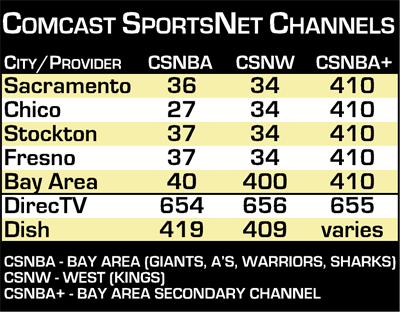Here's the tentative schedule I've planned:
- June 19: Nationals Park tour; Pirates vs. Orioles @ Camden Yards
- June 20: Angels vs. Phillies @ Citizens Bank Park
- June 22: Reds vs. Yankees @ Yankee Stadium
- June 23: Baseball Hall of Fame
- June 25: Diamondbacks vs. Red Sox @ Fenway Park + tour
- June 27: Orioles vs. Nationals @ Nationals Park
Any suggestions for other baseball/sports-related places or events? FWIW I'm trying to cram in the NBA Draft (June 26) into the trip. I went to the 2003 (Lebron James) draft, and it was great pageantry. I'd love to do the NFL draft at some point too.


